Introduction
When employees in the UK fall ill or are unable to work due to disability, they may be eligible for Statutory Sick Pay (SSP). Understanding how SSP is calculated is crucial for both employers and employees to ensure accurate payments. In this blog post, we will delve into the intricacies of SSP calculation in the UK, shedding light on the criteria, formula, and considerations involved.
Qualifying for Statutory Sick Pay:
Before exploring the calculation, it’s important to establish eligibility for SSP. To qualify, employees must meet the following criteria:
- Be an employee (not self-employed or unemployed).
- Earn at least the Lower Earnings Limit (LEL) per week.
- Be off work due to illness or disability for at least four consecutive days (known as the Qualifying Days’ Linking Period). This needs to be four days in a row.
Calculating Statutory Sick Pay
The calculation of SSP involves several steps and considerations. Here’s a breakdown of the process:
Determine Qualifying Days
Identify the days the employee would usually work, which are considered “qualifying days.” These are typically the days outlined in the employment contract.
Establish the Calculation Period
To calculate SSP, a specific period known as the Qualifying Days’ Linking Period (QDLP) is considered. This period must consist of four or more consecutive days during which the employee qualifies for SSP.
Calculate Average Weekly Earnings
Determine the average weekly earnings of the employee over a specific period. The calculation period typically encompasses the eight weeks preceding the start of the employee’s sickness. Include any regular payments, such as basic salary, bonuses, and commissions, but exclude overtime and expenses.
Daily Rate of SSP
Use the following formula to calculate the daily rate of SSP:
Weekly Earnings ÷ Number of Qualifying Days in a Week = Daily Rate of SSP
Divide the average weekly earnings by the number of qualifying days in a week to obtain the daily rate of SSP.
Deductions and Payment Duration
The actual amount of SSP paid to the employee may be subject to deductions for tax and National Insurance contributions, as applicable. It’s important to consider these deductions while determining the final payment amount.
SSP is payable for a maximum of 28 weeks, known as the SSP Period. If an employee’s sickness extends beyond this period, they may be eligible for alternative support, such as Employment and Support Allowance (ESA).
Employer Responsibilities:
Employers are responsible for calculating and paying SSP to eligible employees. They should ensure accurate calculations, appropriate deductions, and timely payments in line with legal requirements. Utilizing payroll systems or seeking professional advice can facilitate accurate SSP administration.
Enhanced Sick Pay Schemes
It’s worth noting that some employers offer enhanced sick pay schemes that provide greater benefits than the statutory minimum. Employees should consult their employment contract or company policy to determine if they are entitled to enhanced sick pay and the associated calculation methods.
Conclusion
Understanding how Statutory Sick Pay (SSP) is calculated in the UK is essential for both employers and employees. By considering qualifying criteria, the calculation formula, and relevant considerations, accurate payments can be made. Employers should ensure compliance with SSP regulations, while employees should be aware of their entitlements and consult their employer or HM Revenue and Customs (HMRC) for personalized guidance.
Remember, this blog post provides a general overview of SSP calculation. For specific cases or further assistance, consulting HR professionals, payroll experts, or HMRC is advised to ensure accurate and compliant administration of SSP.
